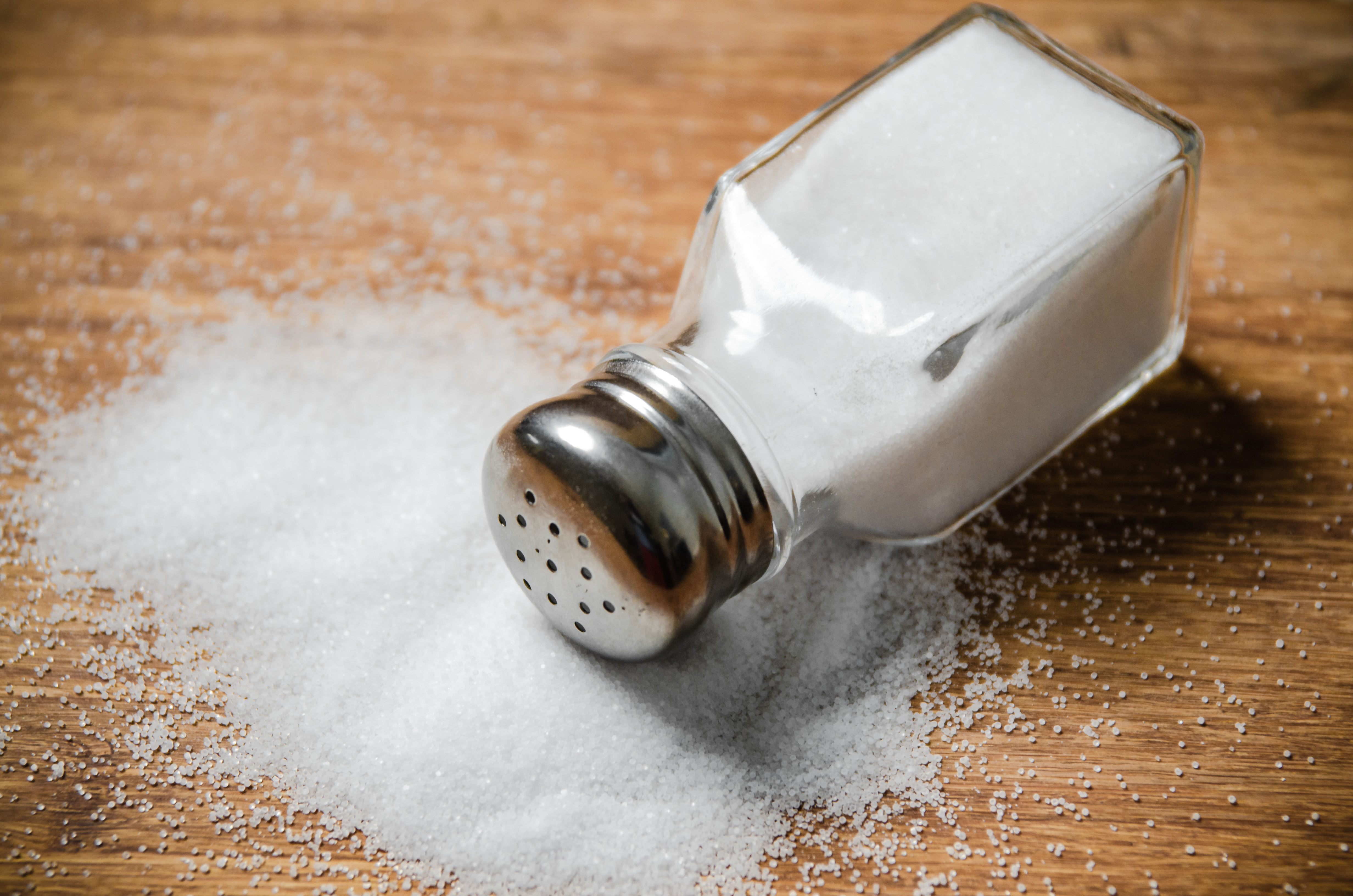Simple Dinner Swaps to Drastically Reduce Your Sodium Intake
In today's fast-paced world, maintaining a healthy lifestyle often seems like a daunting task. However, one of the simplest and most effective ways to improve overall health is by reducing sodium intake. High sodium consumption is linked to numerous health issues, including hypertension, heart disease, and stroke. By transforming your dinner plate to embrace a low sodium lifestyle, you can significantly enhance your well-being. This article will explore 12 innovative and effortless ways to achieve this transformation, offering practical tips and delicious alternatives to traditional high-sodium meals. From understanding the hidden sources of sodium to discovering flavorful herbs and spices, this guide will equip you with the knowledge and tools to make informed choices for a healthier life.
1. Understanding Sodium and Its Impact

To embark on a low sodium journey, it's essential to first understand what sodium is and how it affects the body. Sodium is a mineral found in many foods, and while it is necessary for various bodily functions, excessive intake can lead to serious health issues. The average adult should consume no more than 2,300 milligrams of sodium per day, yet most people exceed this amount due to processed and restaurant foods. High sodium levels can cause the body to retain water, leading to increased blood pressure and added strain on the heart. By recognizing the impact of sodium, you can make informed decisions about your diet and prioritize your health.
2. Identifying Hidden Sources of Sodium

One of the biggest challenges in reducing sodium intake is identifying hidden sources of sodium in everyday foods. While table salt is a well-known contributor, many processed foods contain high levels of sodium that aren't immediately obvious. Canned soups, frozen meals, and even bread can be significant sources of sodium. Additionally, condiments like soy sauce, ketchup, and salad dressings often contain surprising amounts of salt. By becoming more aware of these hidden sources, you can make smarter choices at the grocery store and opt for low-sodium alternatives. Reading food labels and being mindful of portion sizes can also help you manage your sodium intake effectively.
